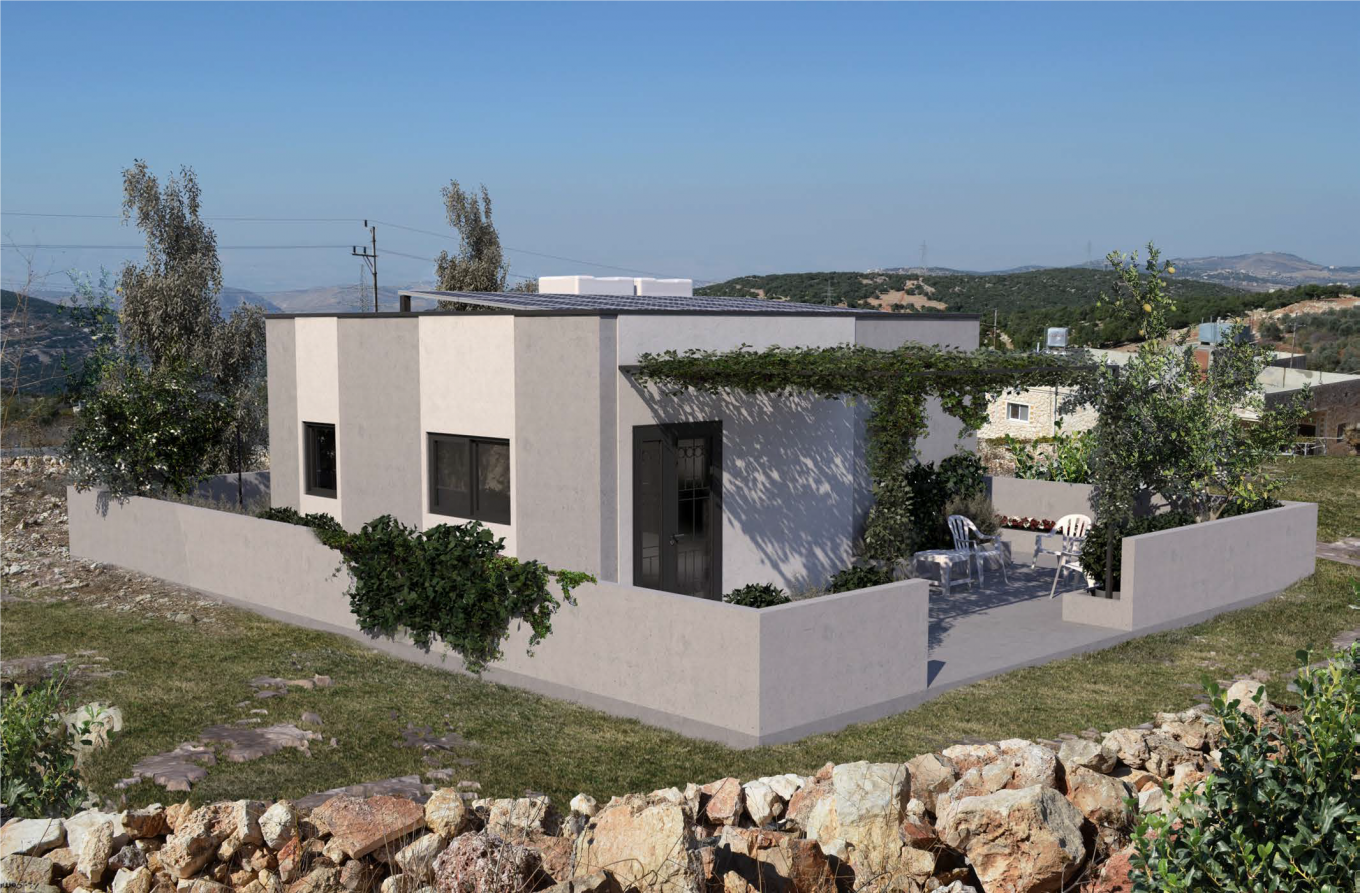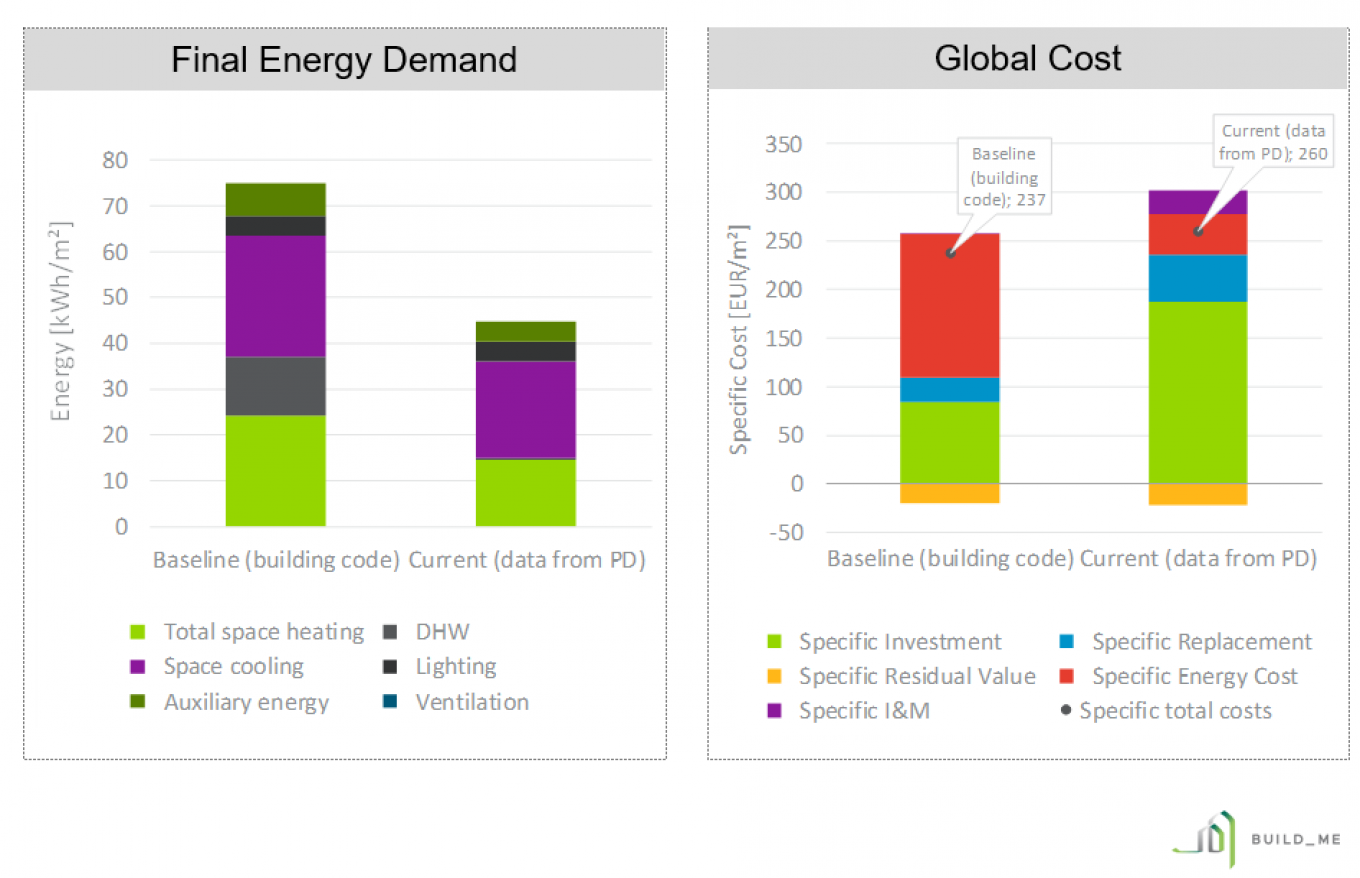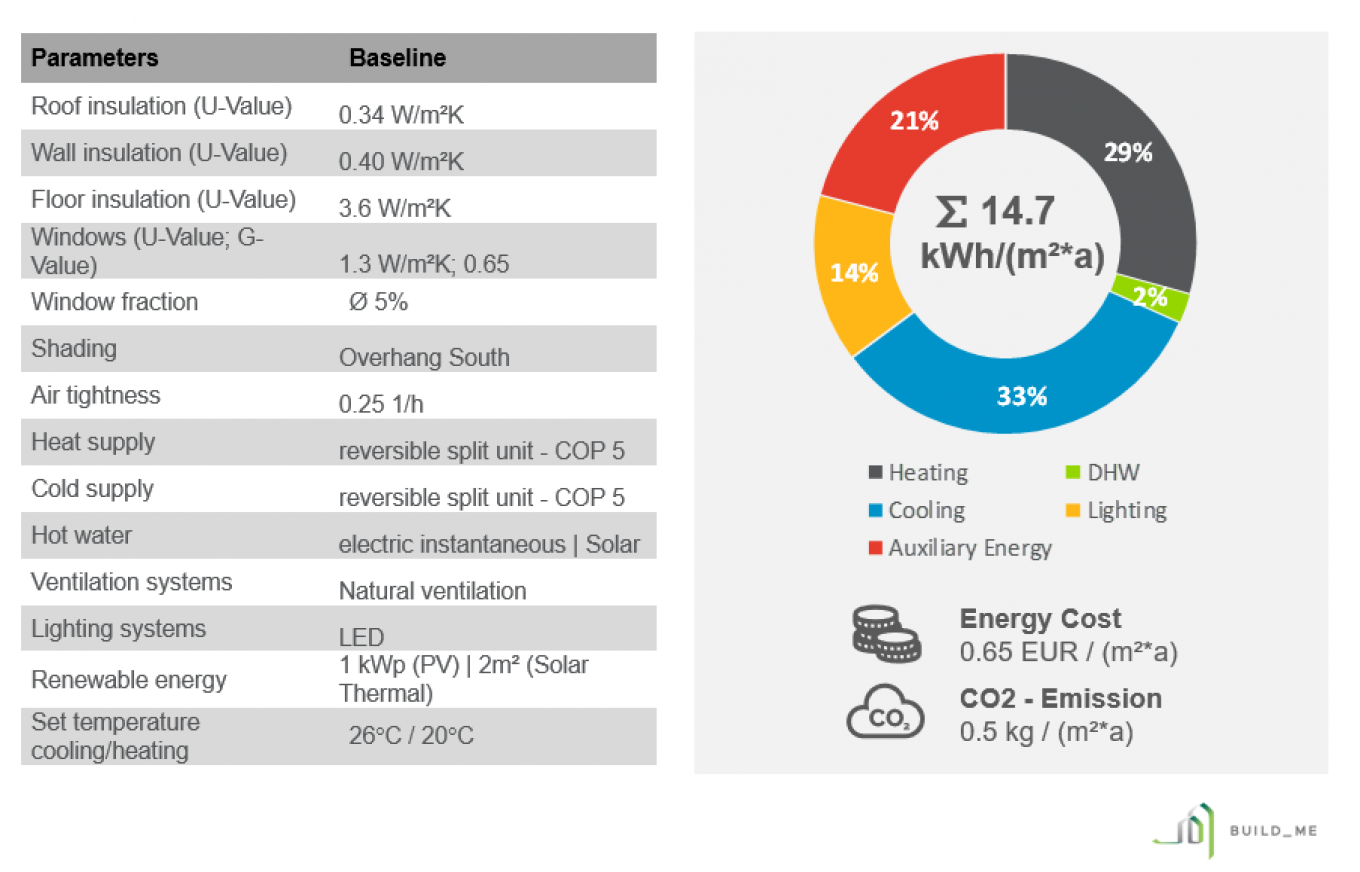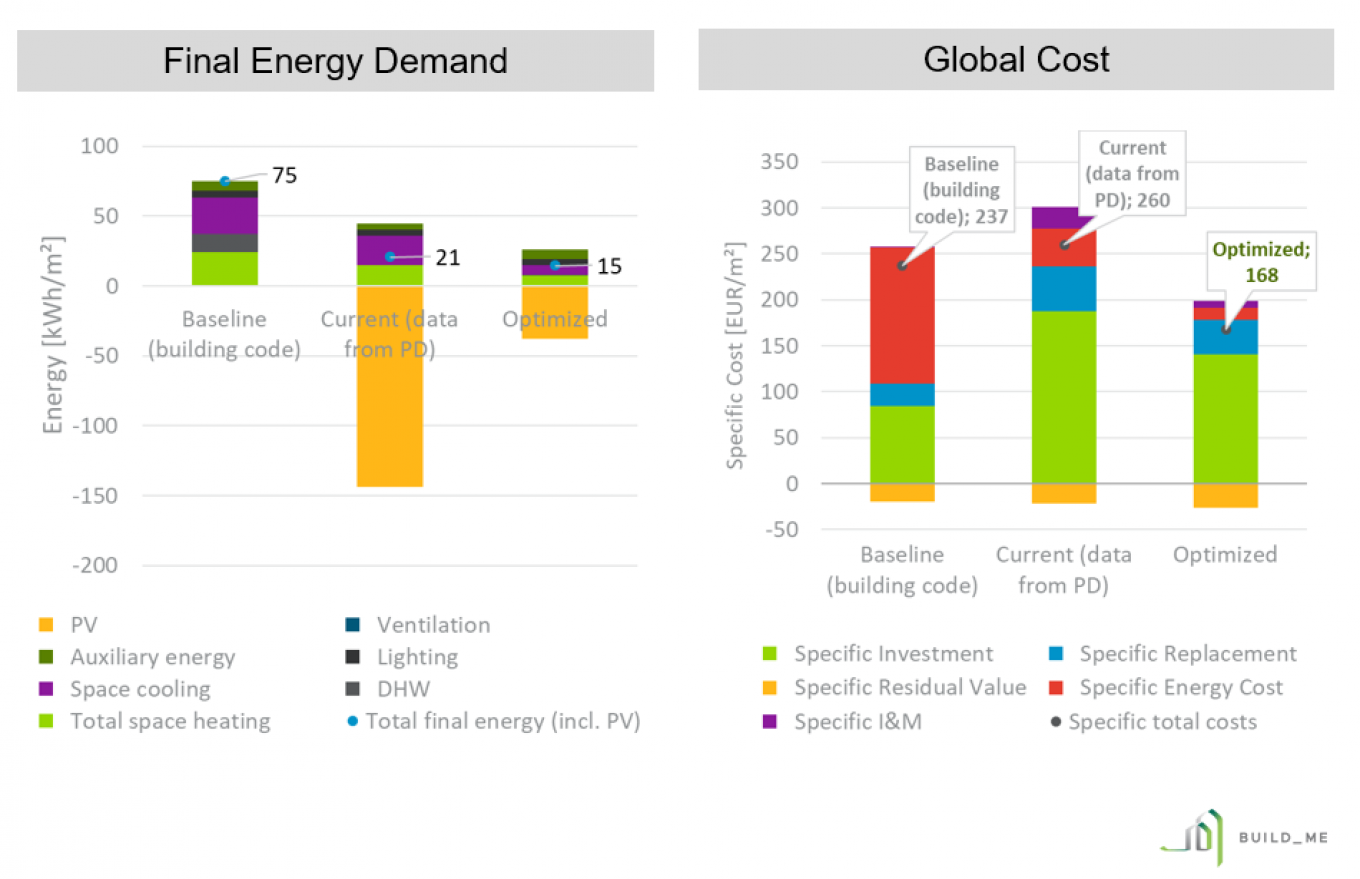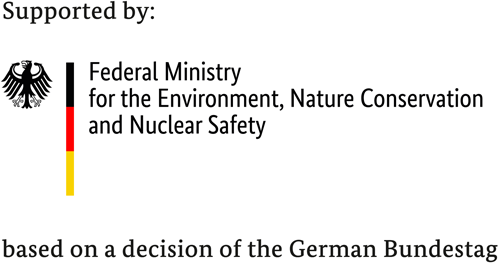KONN Modular Houses (Jordan)
General information
KONN is designed and developed by Uraiqat Architects. KONN concept represents a number of prototypes of residential single-family houses. KONN houses is envisioned to provide affordable modular housing by using smart modular construction to empower community members and provide them with alternative housing solutions.
The project aims to create a community based on Jordanian family values. The project is to improve quality of life through smart modular construction and technologies, empowering community members and encouraging change by simplifying the complex. The project is considered as affordable housing for the low-income groups and families in rural areas and outskirts of urban centers. It includes residential single-family houses with a small garden. The project offered different sizes of 50, 85 and 120 square meters. Lately new dimensions were conceiced for further reading check: https://konn.tech/en/ .
Baseline vs current situation
Comparing the baseline which represents the business as usual for the specific building type in the given country with the current planning details provided by the project developer as shown in Figure 1 it can be stated that:
- The global cost of the BAU construction of such a building are around 237 Euro/m² and with that slightly lower than the proposed design cost which are calculated as 260 Euro/m².
- Furthermore, the proposed design is more energy efficient in comparison to the BAU cases (final energy savings of 40%).
Optimized Solution
The analysis of the cost optimal energy efficiency and renewable energy measures have resulted in the following key components illustrated in the table below as shown in Figure 2. It shows that the building envelope is significantly enhanced compared to the business as usual and current plan. Special attention is given to the use of renewable energy sources in terms of PV (for electricity) and Solar collectors (for hot water). This leads to energy savings and emission reduction.
Results
The suggested measures of the optimized case lead to a significant decrease in energy demand and cost savings as shown in Figure 3. The energy savings are around 67 % compared with the baseline (BaU), while in terms of global costs savings reach 29% for the optimized solution.

